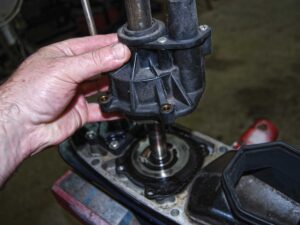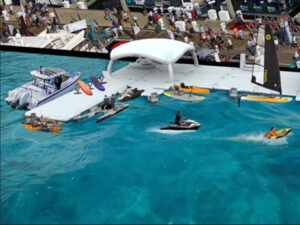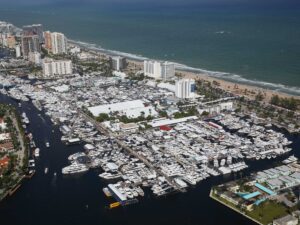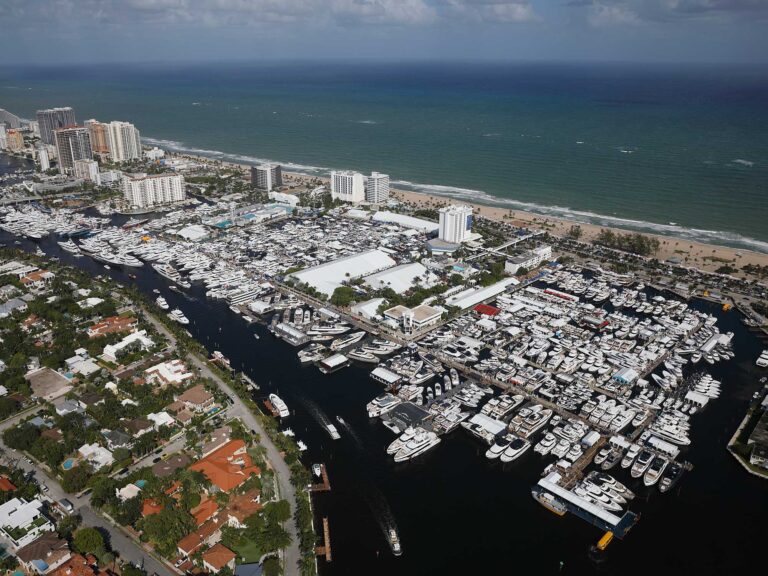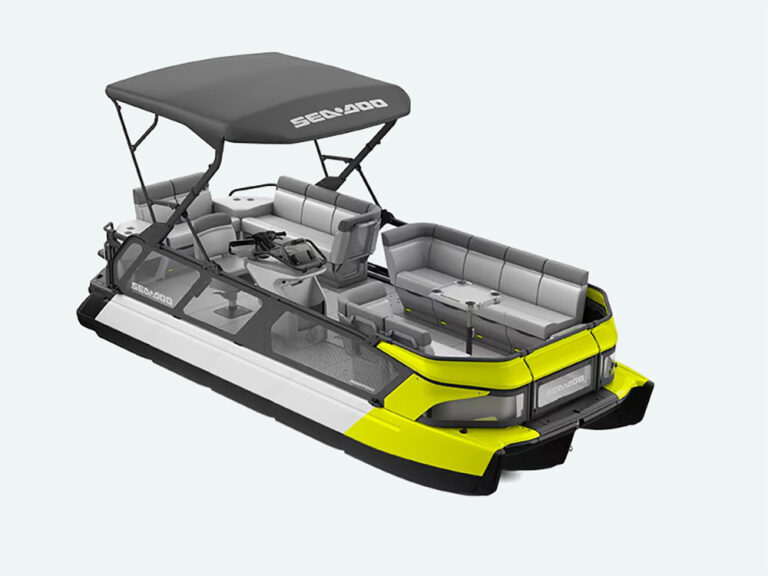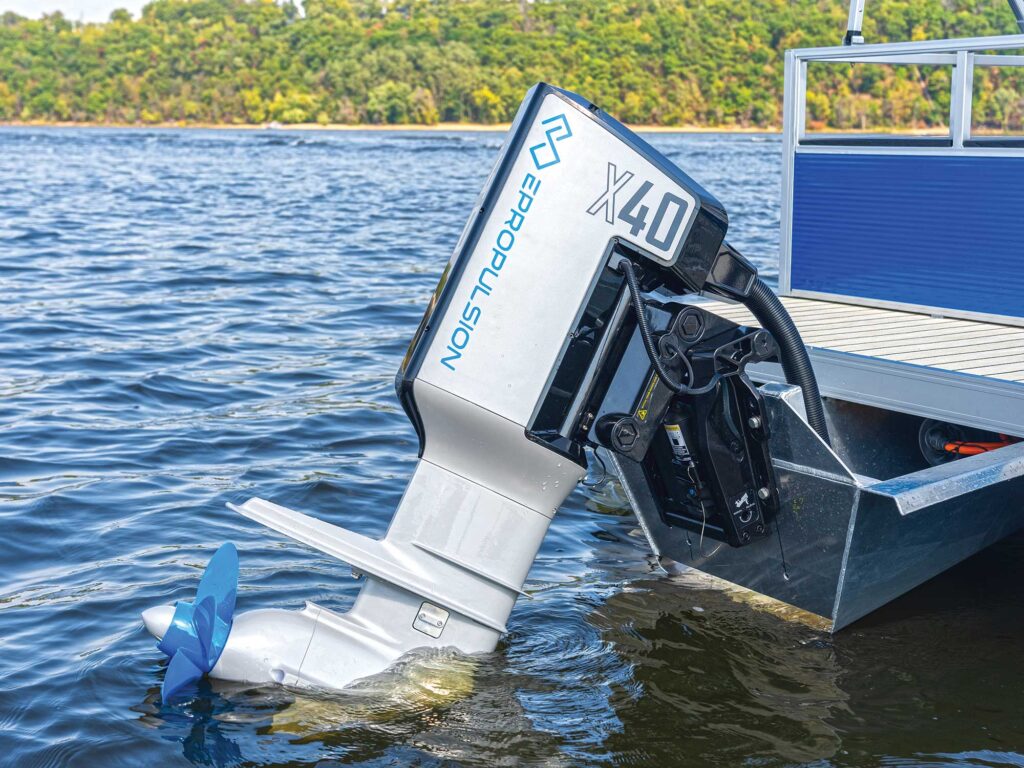
Methods for measuring and reporting horsepower of electric outboards are debated within the industry. Trolling-motor makers such as Minn Kota, Lowrance, Garmin and Rhodan report the power of their motors in terms of input voltage and thrust in pounds. That’s long been the standard, and it allows fishermen to readily compare performance using these values.
But with an electric-motor system used as primary propulsion, the industry is still struggling to agree on a standard by which boaters can make informed purchasing decisions. For internal-combustion engines, the standard is to rate power at the prop shaft of an outboard or sterndrive. Inboard power ratings are measured at the output flange of the shaft coupling (shp) or at the flywheel, called brake horsepower (bhp). In these cases, a buyer can compare different engines using the same rating scheme.
Some electric-motor makers, such as Torqeedo, suggest that electric horsepower is a function of input voltage, losses to friction in the motor, and power of the prop to push a vessel forward. The latter attempts to measure horsepower using the actual force applied by the prop, among other factors. But what if you choose a different prop, such as one of several options Mercury offers on its Avatar motors? We’ll debate this question in the future.
While electric-horsepower reporting is still in industrywide flux, electric propulsion also brings a new dynamic to boatbuilding. Boats to be electrified have to carry heavy batteries. Vessels for electrification must have hull designs and operator expectations that do not include sustained maximum speed and long range—at least for the near future.
A vessel’s center of gravity is another piece of the puzzle. A properly placed CoG for a petroleum-fueled vessel can be easily misbalanced with heavier electric power. And there is a trick to it with petrol as well.
When fuel burns down, the boat weighs less, but does the CoG remain the same? To keep it as close as possible, the fuel tank should be balanced over the lateral and longitudinal centers of gravity. But many fuel tanks, especially on pontoons, are at the stern of the vessel. When electric power is consumed, the batteries remain the same weight, so the CoG does not change.
Read Next: Decoding the Horsepower Ratings of Electric Motors

Ultimately, boatbuilders will need to rethink boat design and construction to optimize electric power. It is the same challenge that carmakers have. Tesla didn’t just replace internal-combustion powerplants with electric; it built a new car designed to perform specifically with electric power. Boatbuilders must either find boats best suited to electric or design new ones.
For example, Candela’s C-8 Polestar employs lighter-weight materials and hydrofoils to lift the vessel clear of the water at speed, reducing drag and increasing speed and power efficiency from dual electric motors.
Aluminum boats—fishing vessels, in particular—are suited to electric for inshore or lake fishing because they are light and because many anglers accept modest planing speeds of 20 mph or trolling speeds of 2 to 5 mph, and can make do with a shorter cruising range.
Pontoons might be a prime existing candidate for electric power. Many are at their best tooling along at 10 to 15 mph—right in the wheelhouse for many electric’s efficiency profile—and they have the buoyancy to carry heavy batteries.
Inflatables and RIBs are already popular choices for electric propulsion because of their light weight. Ultimately, however, a consistent standard for rating and comparing power is essential to this growing segment of the boating market.


